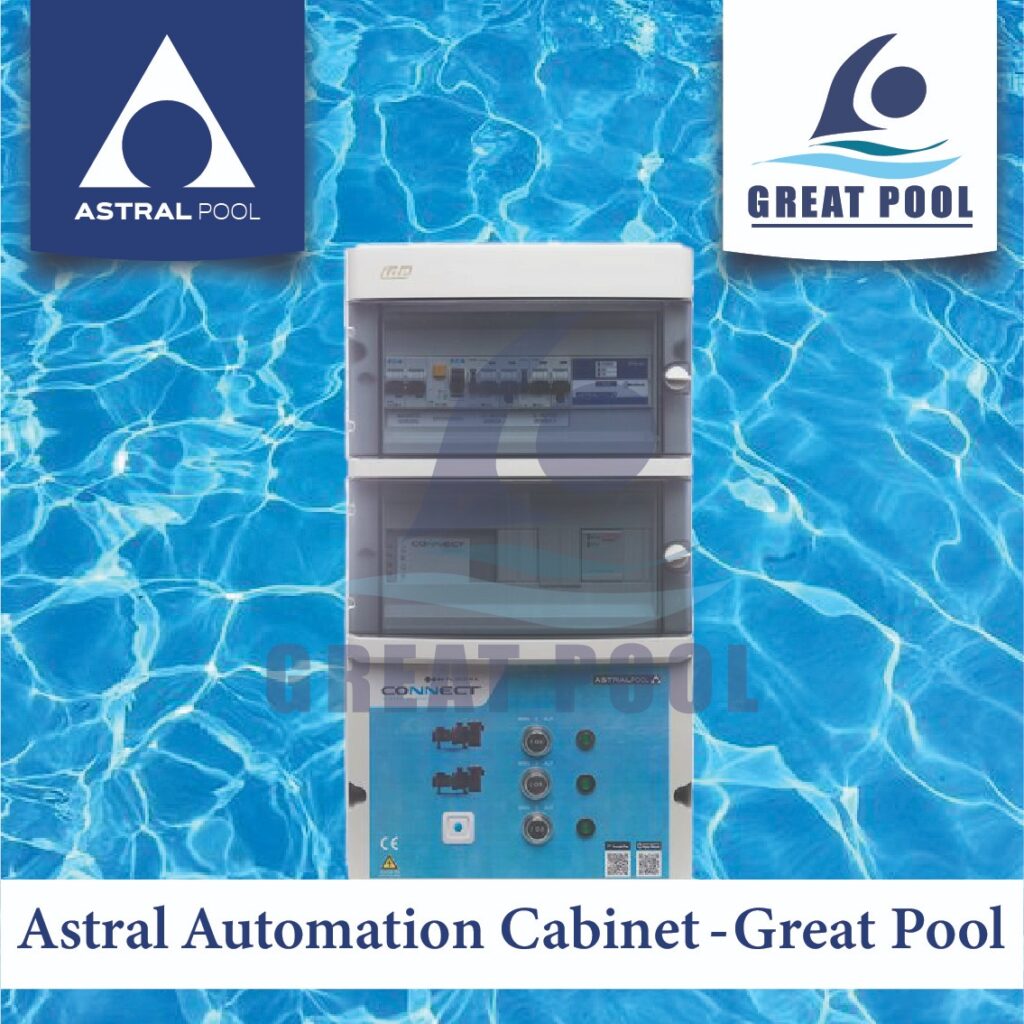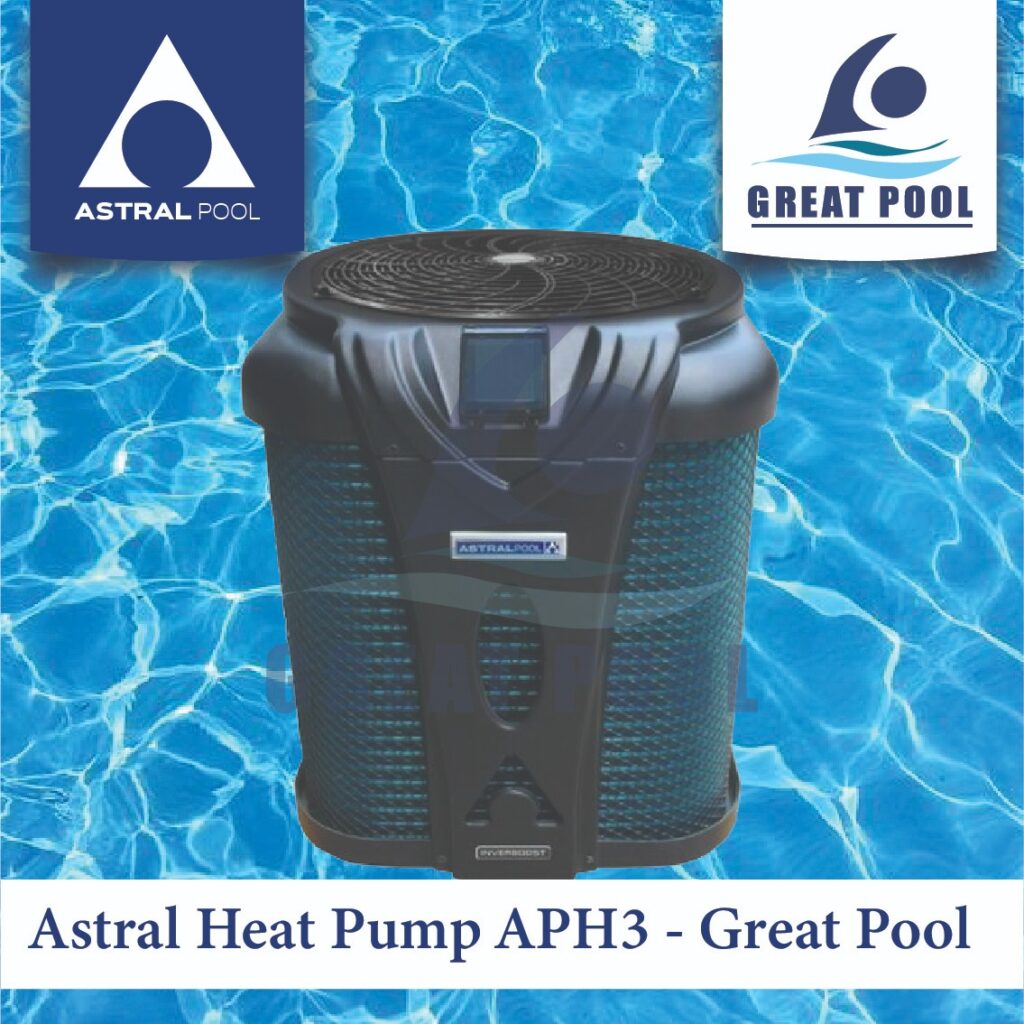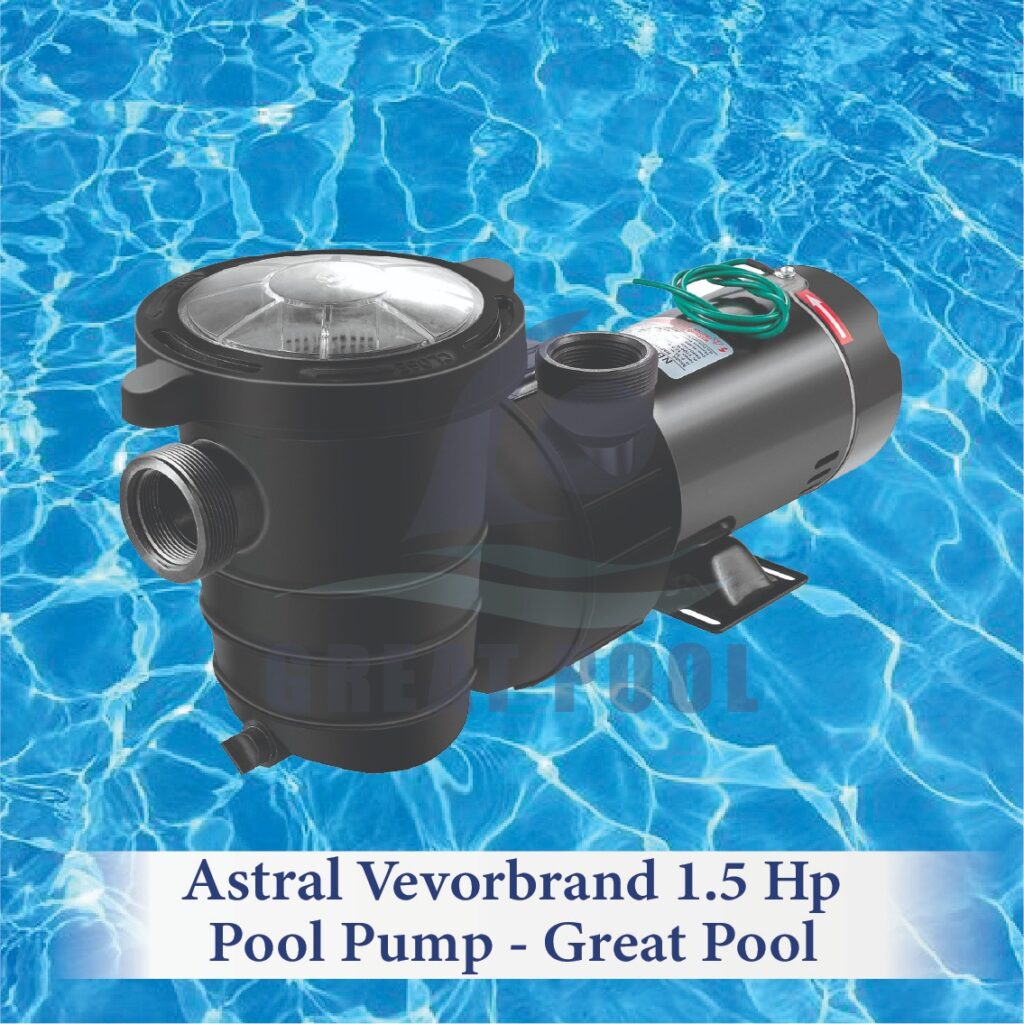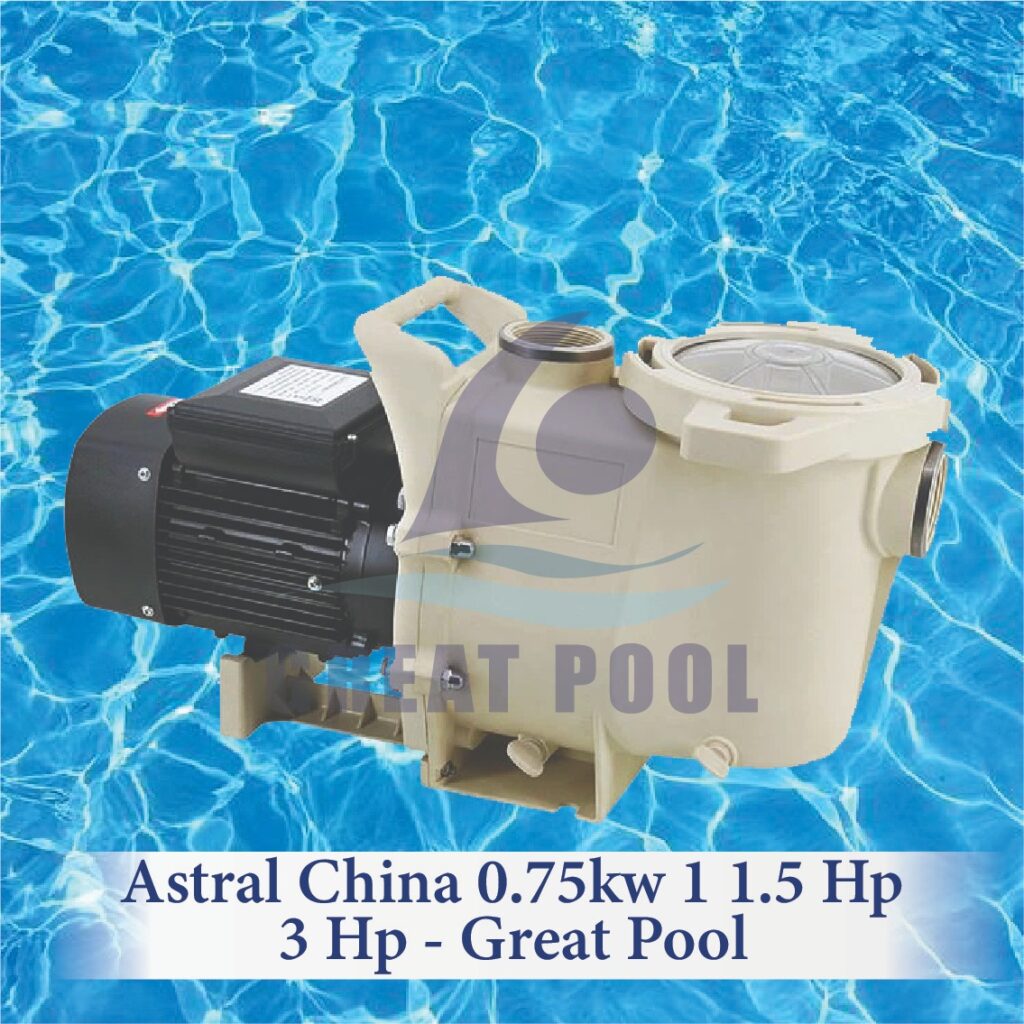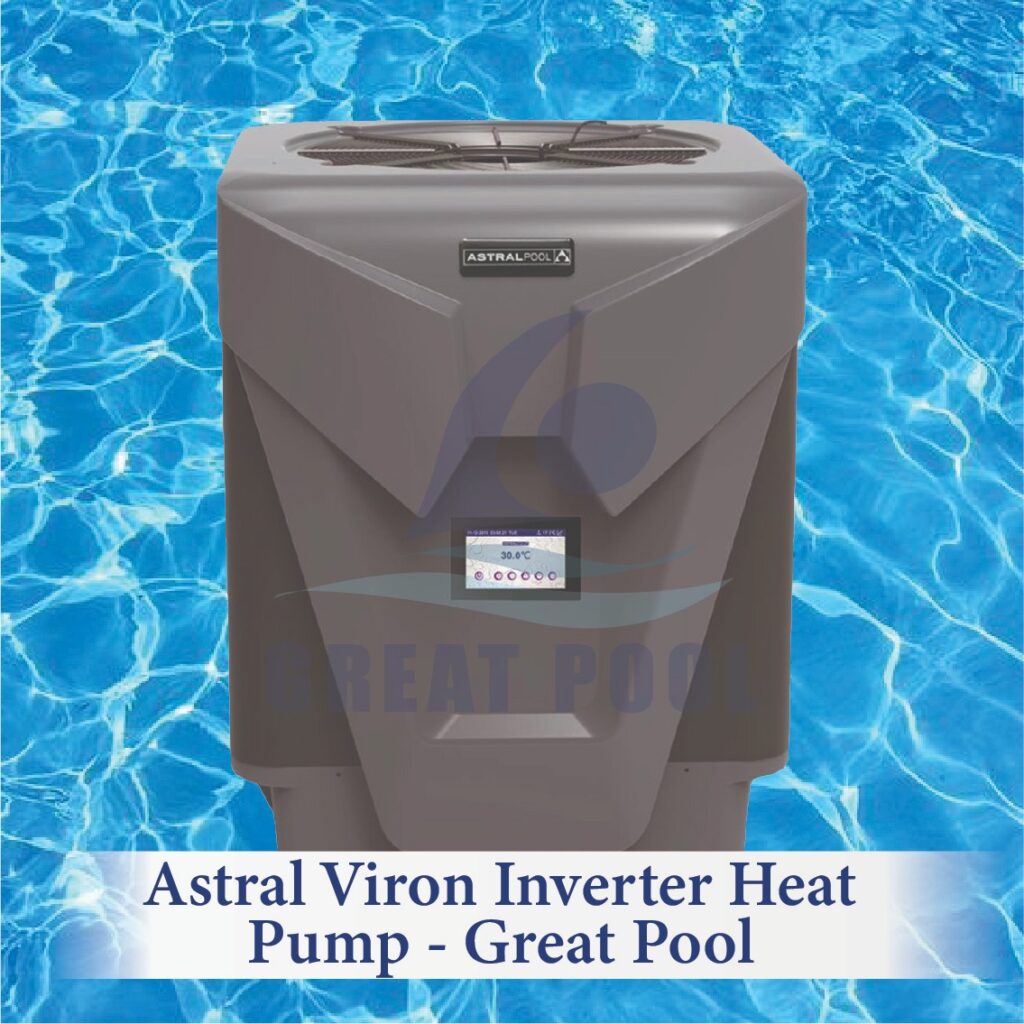Swimming Pool Water Pump
Great Pool (Pvt) Ltd., was a established on April 19, 2018, deals in the business of construction of swimming pools of all sizes, ranging from domestic to commercial use, of any size, shape, and design. We believe in providing high-quality products at unbeatable prices. We supply all kinds of equipment related to swimming pools. We are also importers of swimming pool equipment like water pump, sand filters, chillers, dehumidifiers, and other accessories.
A swimming pool water pump is a machine whose primary function is to raise water pressure in order to move liquid (water) from one location to another.
Electricity, gas, diesel, and in certain remote locations, solar energy, can all be used to operate water pumps.
Although there are many various kinds of water pumps, the fundamental idea is the same.
Kinetic or rotational energy is transformed by the motor into hydrodynamic energy for fluid flow.
Categories of swimming pool water pumps:
There are two main categories of swimming pool water pumps:
- Centrifugal pumps
- Positive displacement pumps
Both of these two types of pumps are designed to continuously move water from one point to another the way they do so differs as more information is provided below.
Every water pump’s principal objective is to transfer liquid from one location to another, usually water. This includes the removal of water during excavations, in the wake of major flooding, at sewage treatment facilities, or from wells.
- Centrifugal pumps:
A centrifugal pump is an automatic device that primarily consists of an electric motor and a pump. The impeller, which rotates rapidly on an axis during operation and applies centrifugal force to the fluid to enable it to travel through the pump casing and to the suction outlet, is the essential component at the center of a centrifugal pump. The impeller is built of cast iron that is extremely corrosion-resistant and has shroud plates and curved vanes. Unless the pump system already has self-priming capabilities, a centrifugal impeller will typically always need to be fully submerged in water to permit priming during operation.
A centrifugal pump operates differently from many other pumps because it has a rotational impeller system and operates at low to medium pressure heads. Positive displacement pumps are more common. These types of pumps frequently use reciprocating or diaphragm pumps to transport fluid.
Due to their ability to transfer more fluid than any other pump type now on the market, centrifugal pumps are a highly adaptable pump system that is utilized in various industries for both household and commercial applications. Additionally, they come in a wide range of materials, sizes, colors, and shapes.
Basic working theory of any centrifugal pump is that fluid enters the pump inlet, moves towards an impeller shaft, rotates exponentially along the impeller vanes inside the pump casing, and then is forced out to the discharge side. For a precise, regulated, and repeatable operation, this procedure is then repeated while pumping more fluid through the intake.
Centrifugal Impeller types:
There are three different impeller types
- open,
- semi-open
- enclosed impeller
Open Impeller:
For abrasive or applications with suspended materials, an open impeller is typically selected so that the fluid can readily pass through the impeller shaft. They are, however, a slightly less effective choice since the fluid quickly combines with the liquid that has already passed through to the pump casing.
Semi Open Impeller:
A shroud wall is used in a semi-open impeller type to strengthen the vanes while keeping one side open. The semi-open variant can be utilized for fluids having partial particulates in them, just like the open impeller type.
Enclosed impeller:
A closed impeller type is extremely strong since it features a shroud wall across the front and back of the impeller vanes. Due to the greater possibility of the fluid becoming blocked during operation, these are normally employed for big industrial pumps and applications with a low viscosity and no solids in suspension.
Working of Centrifugal Pumps:
Any centrifugal pump’s basic working theory is that fluid enters the pump inlet, moves towards an impeller shaft, rotates exponentially along the impeller vanes inside the pump casing, and then is forced out to the discharge side. For a precise, regulated, and repeatable operation, this procedure is then repeated while pumping more fluid through the intake.
Key Features of a Centrifugal Pump:
Centrifugal pumps offer a lot of flexibility. There are centrifugal pump solutions available for a variety of installations and requirements. Whether you need your pump to self-prime, be able to handle sanitary fluids, be driven electrically or magnetically, or be large enough for large industrial applications, there is a centrifugal pump solution available.
When compared to pneumatically powered pumps, centrifugal pumps are superior for large flow applications and have the added advantage of being very cost-effective to operate.
A centrifugal pump’s ability to be easily adjusted to meet various end-user needs is another crucial attribute. For instance, accessories like heated jackets, self-priming chambers, and hygienic shrouds can be employed to create the ideal pump solution.
Use of Centrifugal pump:
Centrifugal pumps can be used for a multitude of applications across a wide range of industries. Some of the most popular applications we supply for include (but are not limited to):
- Wastewater Treatment
- Surface Conditioning
- Pharmaceutical
- Cosmetics
- Heavy-duty industrial applications
- Positive Displacement Pumps:
Positive displacement pumps operate by mechanically contracting and expanding a flexible diaphragm to supply a fixed amount of water.Such pumps have the disadvantage of requiring a very little gap between the revolving pump and the unit’s outer edge, notwithstanding their relative efficiency. As a result, rotation may occur at a slow rate. The liquids may degrade when higher speeds are required, which would lower the pump’s overall efficiency.
Rotary and reciprocating pumps are the two main subtypes of positive-displacement pumps. To raise the discharge pressure, every rotary pump employs a rotating component, such as gears, vanes, or lobes. Pistons or wobbling plates are used in reciprocating pumps to raise the pressure.
Rotary pump is Similar to in-line centrifugal pumps, the placement of measurement points for rotary positive-displacement pumps should be based on reasoning. It is best to take the main (X-axis) radial measurement in the direction opposite the discharge port. The secondary (Y-axis) radial should be oriented in the same direction as the rotor’s spin and at a 90° angle to the primary.
There should be comparatively little axial thrusting because the inlet and outlet ports of the majority of rotary positive-displacement pumps are in the same plane and opposite one another. However, a Z-axis (axial) reading from the fixed bearing, facing the driver, should be taken.
Reciprocating Since rotational and linear motions must be combined to raise the discharge pressure, reciprocating pumps are more challenging to monitor. The positioning and direction of measurement points should follow the same principles as reciprocating compressors.
Use of positive displacement:
- Due to their high efficiency, positive displacement water pumps are frequently employed.
- This is primarily because they decrease the need for bleeding by removing air from the lines.
- These pumps are perfect for highly viscous liquids and environments where delicate solids may be present.
